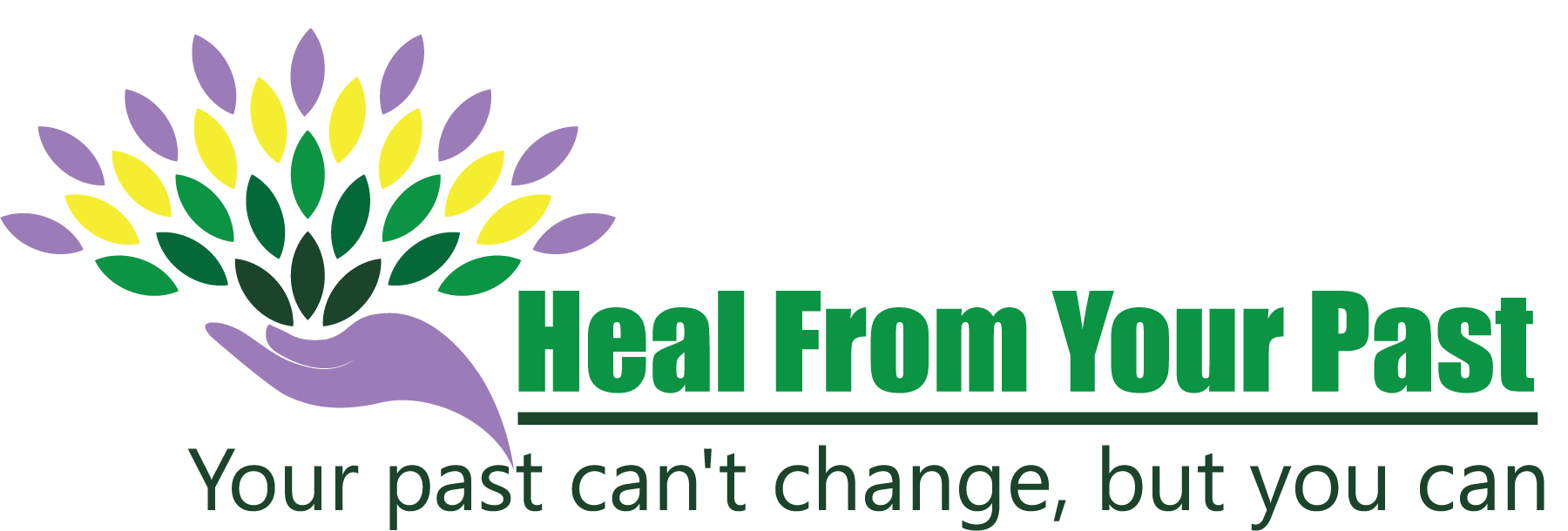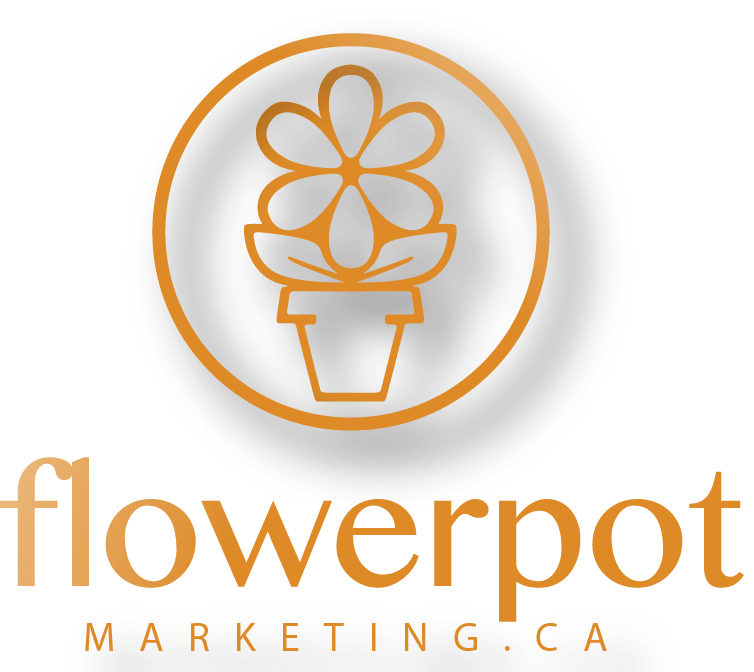Myth: Pasteurization destroys vitamins and minerals in milk
The first thing to understand here is what exactly is pasteurization, and why is it used.
You may have already heard the story: pasteurization was developed by Louis Pasteur in 1864 as he was attempting to discover the cause, and then prevent, the spoilage of wine. He cannot be credited with the initial discovery that microorganisms are responsible for processes such as fermentation, food spoilage, and disease (“germ theory”,) however he can be credited with conducting the scientific experiments that led to this theory achieving widespread acceptance in Europe.
Pasteur also did not determine that heating food would destroy microorganisms (the process of canning , whereby heat treatment and sterilization are used to preserve food for extended periods of time, was developed by Nicolas Appert in 1806), however his contribution was to determine the exact temperature and length of time needed to destroy microorganisms in liquids without changing the taste. Pasteurization at low temperature requires a longer holding time than when high temperatures are used. For example, milk can be heated to 71.7C and held for 15seconds, or at 88.1C and held for only 1 second to destroy the bacteria within. Even higher and lower temperatures/times are used depending on the capacity of the processing plants and the eventual use of the milk. Pasteurization will kill of the majority of pathogens in milk (and other fluids for which the process is used) rendering them safer to drink, and extending their shelf-life.
Pasteurization definitely destroys microorganisms, but the issue is whether it destroys the vitamins and minerals in milk, too. There are many known vitamins and vitamin-like substances, and they all have different vulnerabilities: some are susceptible to light, others heat, others oxidation, and still others are water soluble, getting leeched out when cooked in fluid. Of the most-studied nutrients, only Vitamin C and pantothenic acid are particularly vulnerable to heat. Minerals content is essentially unchanged by pasteurization.
So, yes, pasteurized milk will have slightly fewer nutrients than raw milk, but we really need to consider the trade-off. Pasteurization saves lives. Since the introduction of pasteurization of milk and the corresponding rates of milk-borne illnesses, countries such as Canada, Australia, Scotland and a number of states in the US have forbidden the sale of raw milk. Only a few weeks ago, a new study by the CDC in the US revealed that, between 1993-2006, states where the sale of raw milk is legal had twice the number of outbreaks compared to states where the sale of raw milk is illegal. The study deems that the chance of a milk-borne illness is 150 times higher for a consumer of raw milk products versus someone who consumes only pasteurized products. This has prompted the CDC to issue a warning regarding the consumption of raw milk products in the US.
Personally, there is no question. I’ll take pasteurized milk over raw milk any day. With a varied diet, I know I’m getting all the nutrients I need, despite my milk possibly having a little less than it potentially could. At least I can be quite confident that the milk I drink is safe for myself and my family, and that is far more important.













